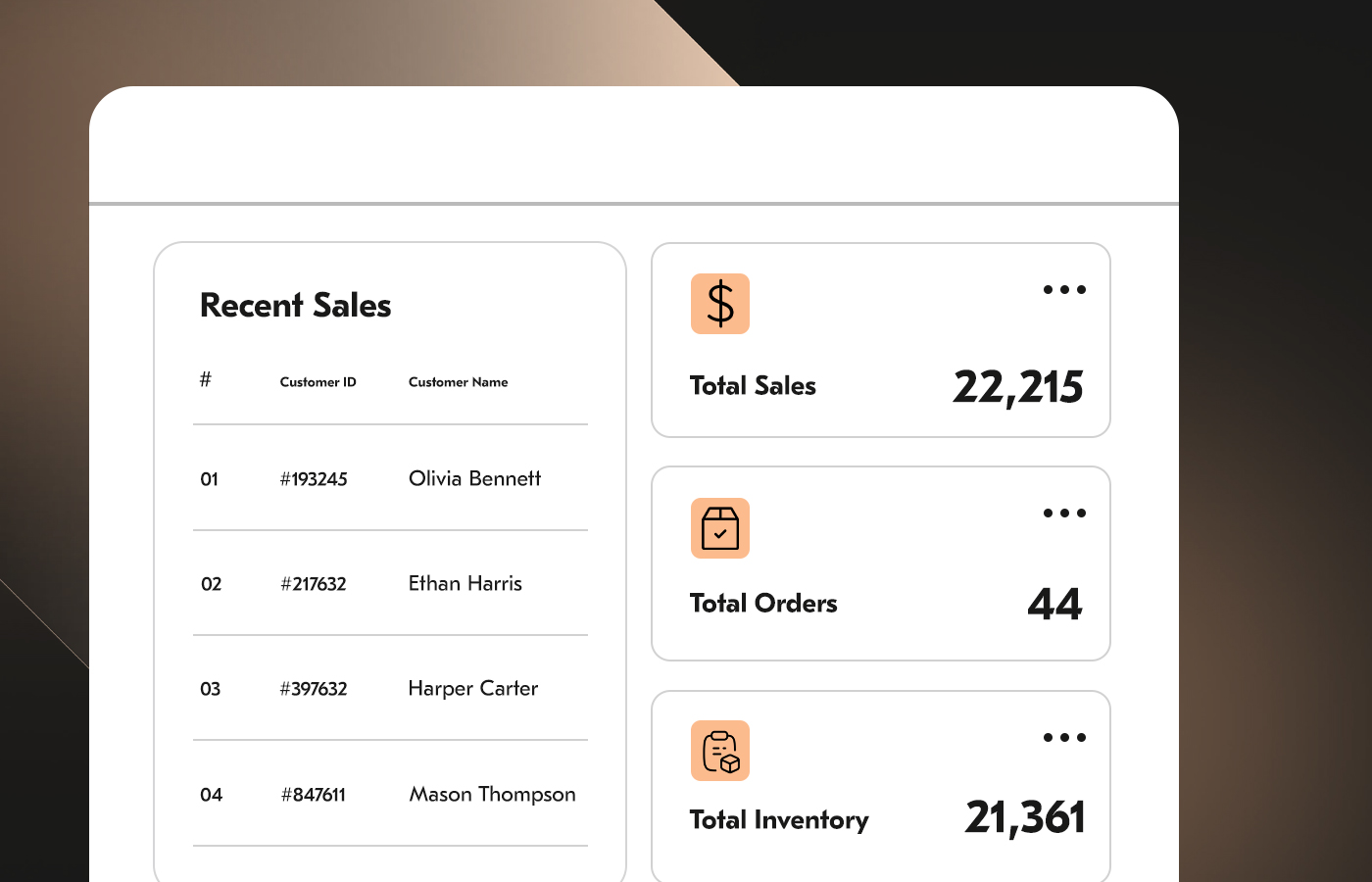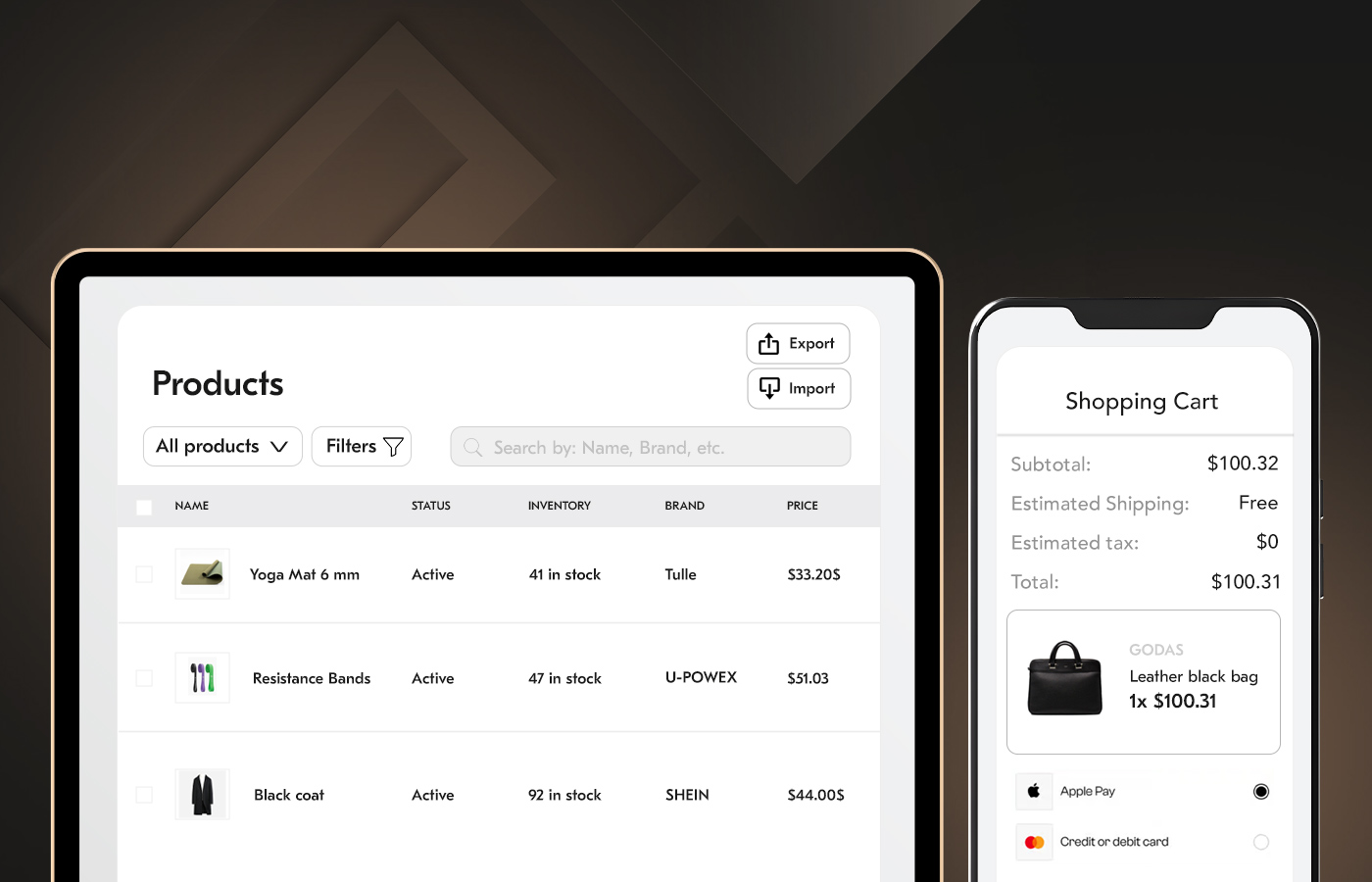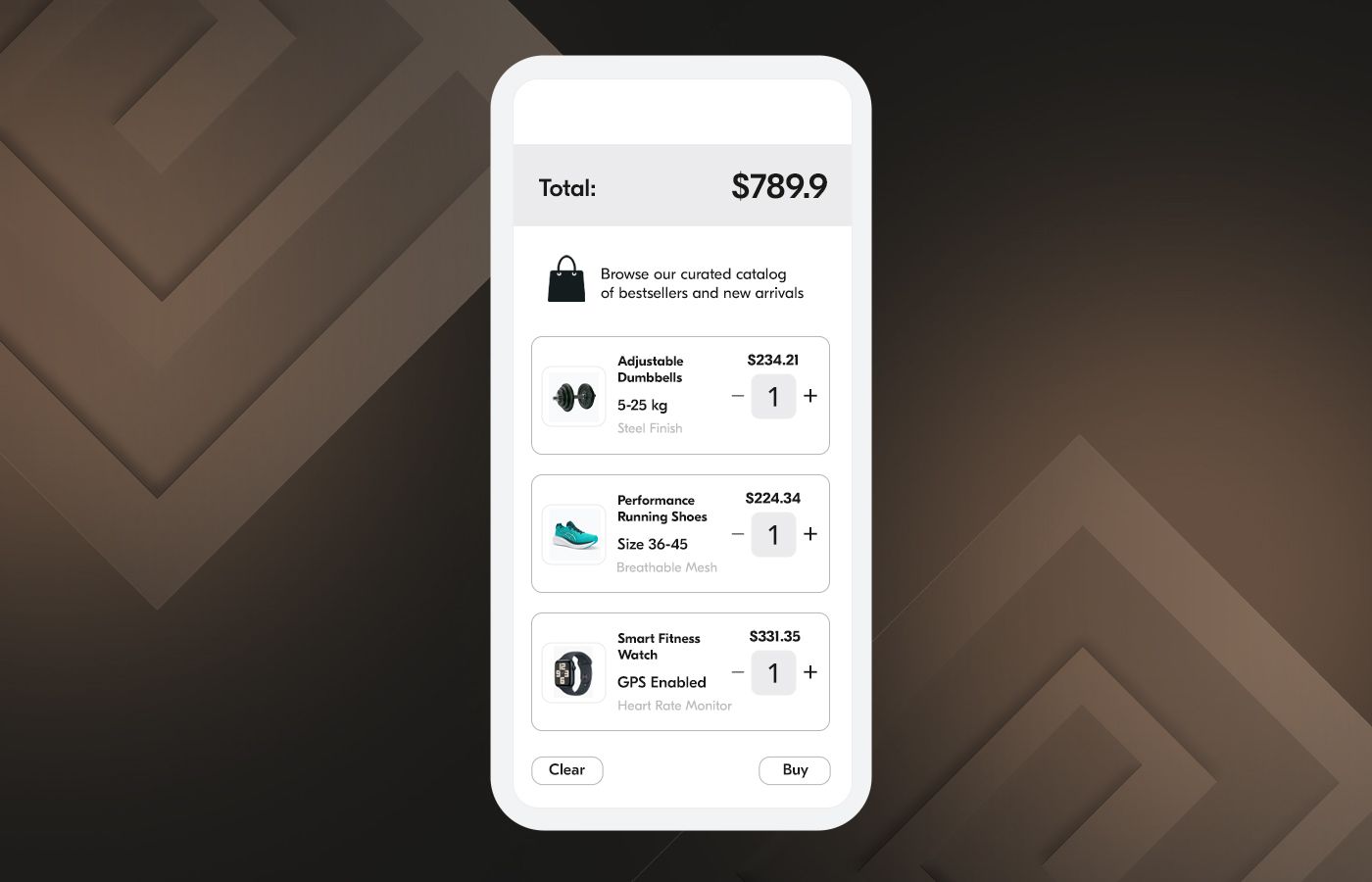

Revamping Legacy Platform with Advanced E-commerce Migration Services
- Legacy System Modernization
- Audit
- Software Modernization
- Automation
- AI & ML
Rejuvenation of an outdated online store and e-commerce platform migration to keep pace with modern digital shopping demands. Adding scalable, integration-friendly functionality to address growing traffic and lack of agility. Ensuring mobile optimization and AI personalization for better customer experience.
client
NDA Protected
United Kingdom
150-200 employees
The client is a UK-based retail giant based in the UK, offering a broad catalog of consumer products to customers across multiple regions. With a team of 150–200 employees, they've built a strong brand identity and manage high volumes of daily online traffic and transactions.
Despite having a strong market presence, its legacy system was underperforming in key areas like speed, mobile usability, and feature scalability. For that reason, they decided to turn to e-commerce platform migration services.
request background
E-commerce System Modernization to Satisfy Modern Users
The retailer had been running on the same core e-commerce system for years — one that no longer aligned with industry demands. The outdated platform led to slow site performance, which hurt both conversion and user satisfaction. In a mobile-first world, their interface and functionality failed to deliver a seamless experience on smartphones or tablets.
Moreover, the rigid architecture prevented easy implementation of new features. At the same time, limited integration options made it hard to adopt modern third-party tools.
Security was also becoming a concern, as the system lagged behind compliance requirements. These factors combined impact growth potential, prompting the client to seek a future-ready modernization strategy.
Our task was to provide the ultimate set of e-commerce data migration services, delivering a full-scale transformation to keep the company in line with modern standards.
challenge
Comprehensive E-commerce Platform and Data Migration Services to Deal with Inefficiencies
From a development standpoint, reviving the outdated platform posed numerous hurdles tied directly to both its architecture and performance. The legacy codebase was bloated and poorly documented, making even minor adjustments risky and time-consuming during the initial e-commerce platform migration.
Developers constantly ran into roadblocks when optimizing load times, as deeply embedded dependencies slowed down every attempt to streamline performance. Security hardening became a major concern, too, with the existing setup exposing critical gaps that didn't align with modern compliance standards.
Working around an interface that failed on mobile screens meant extra effort to retrofit responsiveness, which rarely delivered consistent results. Each attempt to extend functionality revealed how tightly coupled the platform's layers were, offering no room for modular or rapid development.
With no native support for integrations, plugging in essential tools like CRMs or analytics platforms required custom connectors that often failed under load. Personalization features, powered by external engines, were the first focus of the e-commerce system modernization.
Visually, the site lagged behind market expectations, but refreshing the frontend risked breaking core processes tied to the old framework.
Developers had to put extra measures on e-commerce data migration and syncing product data across systems due to limited API support. That, in turn, added friction to content updates and inventory accuracy.
goals
- Improve website load speeds and enhance site responsiveness to reduce bounce rates and retain users longer.
- Resolve security flaws, ensuring compliance with modern data protection regulations.
- Deliver a mobile-friendly experience to make browsing and checkout smooth and intuitive on all devices.
- Build a modular, scalable system, allowing for rapid feature rollouts and adaptability to increasing demand.
- Introduce AI-based recommendations and implement intelligent product discovery features for higher engagement.
- Enable smooth integrations and facilitate reliable connections with third-party business tools via APIs.
- Lower ongoing costs and update time with streamlined maintenance through a microservices-driven, modular backend.
solution
E-commerce Software Modernization into a Scalable, Mobile-Friendly Platform
Node.js, NestJS, TypeScript, PostgreSQL, Redis, React.js, Material-UI, Docker, Kubernetes, AWS (EC2, S3, RDS, CloudWatch), Grafana, Prometheus, Elasticsearch, BullMQ, RESTful APIs, OpenAPI/Swagger, JWT, OAuth 2.0
Ongoing
9 specialists
The e-commerce system modernization process began with an in-depth audit of the legacy system, allowing us to map its core weaknesses and establish a phased transformation plan. We designed a future-ready architecture centered around headless commerce principles and microservices to replace the monolithic bottlenecks.
A mobile-first front end was developed to deliver a consistent experience across devices, while backend services were restructured to operate independently. Throughout this e-commerce software migration, security was treated as a foundational element — compliance standards like PCI-DSS and GDPR were embedded from the ground up.
To improve performance and data handling, we transitioned to PostgreSQL as the core relational database, with Redis implemented for real-time caching and session management. The frontend was rebuilt using React.js and Material-UI, optimized for responsiveness across mobile and desktop environments.
Meanwhile, Docker containers and Kubernetes were introduced for orchestrating services, allowing seamless deployment and scaling under heavy loads.
- Secure RESTful APIs were developed using OpenAPI/Swagger, making it easier to connect the e-commerce engine to ERP, CRM, and payment systems.
- AI-powered search and product recommendations were powered by Elasticsearch, dramatically enhancing the discoverability of items across the catalog.
- Sensitive user flows like login and checkout were secured with JWT and OAuth 2.0, providing robust token-based authentication and access control.
- In this e-commerce platform migration, business-critical data was shifted to the new platform, with cleansing logic integrated into data pipelines to eliminate previous inconsistencies.
- AWS EC2, S3, and RDS formed the core of the cloud infrastructure, file storage, and managed databases respectively.
- Internal and third-party tools were hooked into the ecosystem through well-documented APIs, enabling personalization and advanced analytics.
- Finally, to maintain long-term stability, we delivered technical documentation and post-launch support, ensuring the client's team could confidently manage the new system.
outcome
E-commerce System Modernization Paying Off with a Tangible Value
- Infrastructure and maintenance expenses dropped by 40% after the e-commerce platform migration to cloud-native microservices.
- Revenue grew by 22% within six months of launch, supported by better search and recommendation accuracy.
- Page load times improved by 65%, reducing the bounce rate by 28%.
- Mobile conversions rose by 35%, thanks to a significantly enhanced mobile experience.
client feedback
The Acro team brought clarity and precision to a complex modernization project. They quickly grasped our challenges, offered smart, actionable solutions, and delivered everything without delays or disruption. The new platform runs smoother, faster, and is finally easier to scale.









